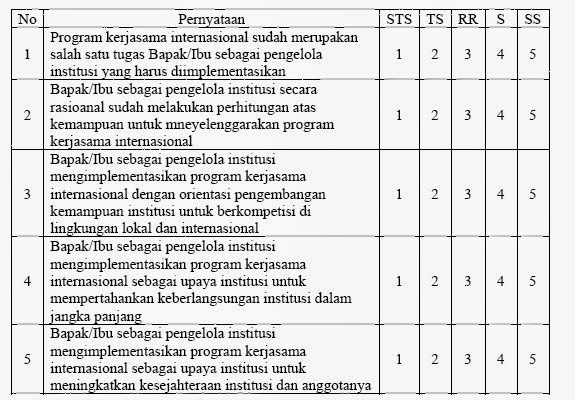Have you ever wondered how to truly gauge people's opinions on a topic? Whether you're trying to understand customer satisfaction, employee engagement, or public opinion on a new policy, getting to the heart of what people think can feel like a daunting task. Luckily, there's a handy tool researchers and analysts turn to for exactly this purpose: the Likert scale.
Imagine you're trying to understand how people feel about a new brand of coffee. Instead of just asking, "Do you like it?" which leads to a simple yes or no, a Likert scale allows for a more nuanced understanding. You might ask, "How much do you agree or disagree with the following statement: 'This coffee has a pleasant aroma,'" and provide options ranging from "Strongly Disagree" to "Strongly Agree." This range of choices, typically with 5 or 7 points, is the essence of a Likert scale. It allows individuals to express the intensity of their feelings, providing richer data for analysis.
Developed by psychologist Rensis Likert in the 1930s, this method revolutionized the way we measure opinions and attitudes. Instead of simply categorizing responses as "yes" or "no," Likert scales provide a spectrum of agreement or disagreement, allowing for more precise measurement and analysis. This granularity is invaluable for researchers and analysts as it paints a clearer picture of the underlying sentiments and preferences within a group.
The beauty of the Likert scale lies in its versatility. It's used across various fields, from market research and social sciences to healthcare and education. Whether you're a business owner seeking feedback on a new product, a teacher evaluating student satisfaction, or a researcher studying public opinion, the Likert scale offers a simple yet powerful way to gather valuable insights. It's particularly useful when exploring subjective experiences and perceptions, allowing for the quantification of qualitative data.
While the Likert scale might seem straightforward, there are some important considerations when using it effectively. One key factor is ensuring that the statements or questions used are clear, concise, and easily understood by the target audience. Additionally, choosing the appropriate number of scale points, typically 5 or 7, can impact the sensitivity and nuance of the data collected. Understanding the strengths and limitations of this measurement tool is essential for interpreting the results accurately and drawing meaningful conclusions.
Advantages and Disadvantages of Likert Scales
| Advantages | Disadvantages |
|---|---|
| Easy to understand and use | Susceptible to social desirability bias (respondents may choose answers that they believe are more socially acceptable) |
| Allows for a range of responses, capturing intensity of feeling | Subject to central tendency bias (respondents may lean towards neutral responses) |
| Can be used to measure a variety of attitudes and opinions | Limited to measuring agreement or disagreement with a statement, not the underlying reasons |
rumus rentang skala likert - The Brass Coq
rumus rentang skala likert - The Brass Coq
rumus rentang skala likert - The Brass Coq
rumus rentang skala likert - The Brass Coq
rumus rentang skala likert - The Brass Coq
rumus rentang skala likert - The Brass Coq
rumus rentang skala likert - The Brass Coq
rumus rentang skala likert - The Brass Coq
rumus rentang skala likert - The Brass Coq
rumus rentang skala likert - The Brass Coq
rumus rentang skala likert - The Brass Coq
rumus rentang skala likert - The Brass Coq











